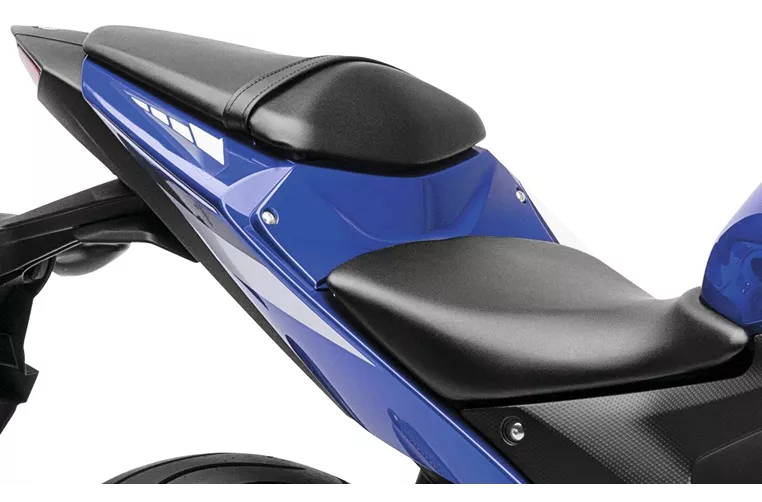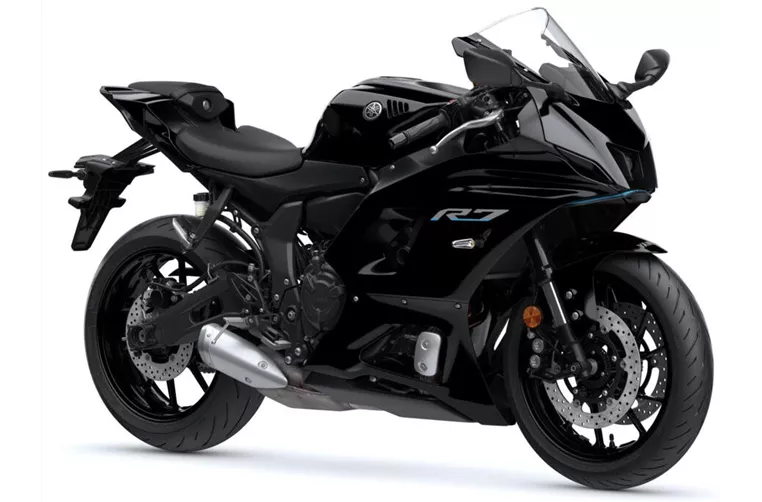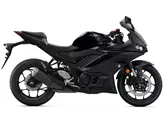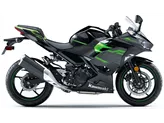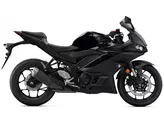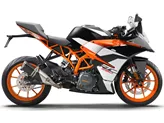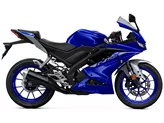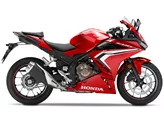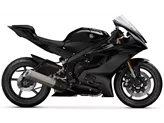Yamaha R3 2015 vs. Yamaha R7 2021

Yamaha R3 2015
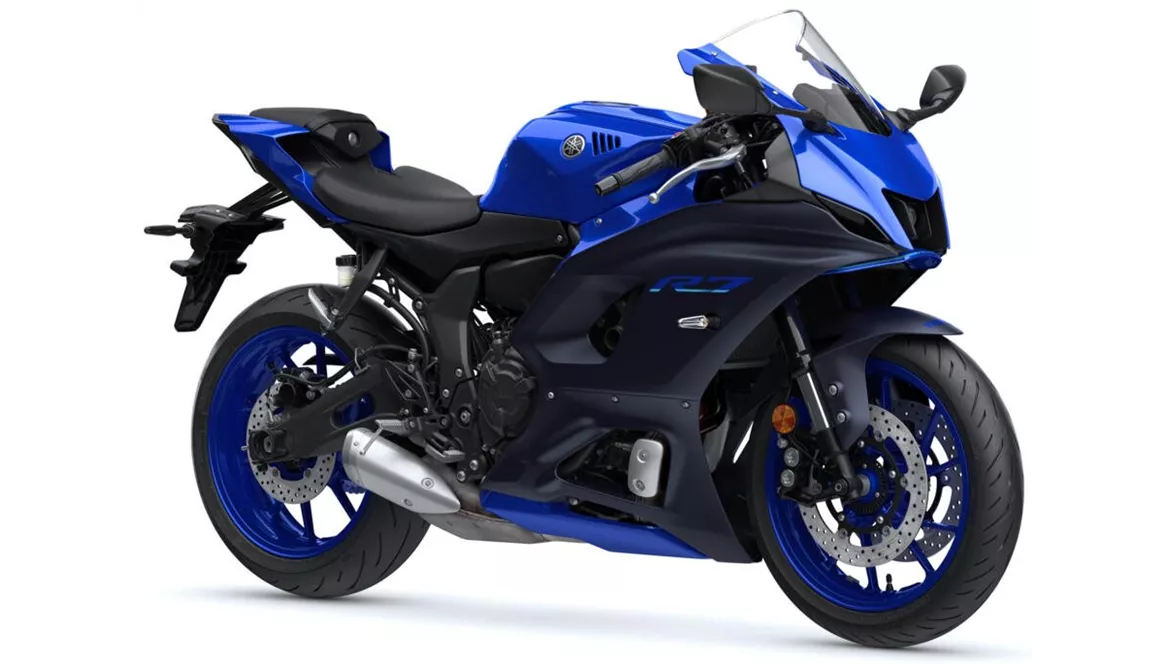
Yamaha R7 2021
Vue d’ensemble - Yamaha R3 2015 vs Yamaha R7 2021
The Yamaha YZF-R3 model year 2015 and the Yamaha R7 model year 2021 are both supersport motorcycles manufactured by Yamaha. While they share some similarities, there are notable differences between the two models.
In terms of engine and drive train, the Yamaha YZF-R3 2015 is equipped with a 321cc engine that produces 42 horsepower and 29.6 Nm of torque. It has a bore of 68 mm and a stroke of 44.1 mm. On the other hand, the Yamaha R7 2021 features a larger 689cc engine that delivers 73.4 horsepower and 67 Nm of torque. It has a bore of 80 mm and a stroke of 68.6 mm. This means that the R7 has a more powerful engine compared to the YZF-R3, offering higher performance and acceleration.
Both motorcycles have a 2-cylinder engine with 4 valves per cylinder and a DOHC configuration. They also have the same compression ratio of 11.2 for the YZF-R3 and 11.5 for the R7. This ensures efficient combustion and optimal power delivery.

Yamaha R3 2015
When it comes to braking systems, the Yamaha YZF-R3 2015 is equipped with a single disk front brake, while the Yamaha R7 2021 features a double disk front brake. This upgrade in the braking system of the R7 provides improved stopping power and enhances overall safety.
In terms of dimensions and weights, the Yamaha R7 2021 has a slightly larger wheelbase of 1395 mm compared to the 1380 mm of the YZF-R3. The R7 also has a wider front tire of 120 mm and a wider rear tire of 180 mm, compared to the 110 mm front tire and 140 mm rear tire of the YZF-R3. These changes in tire dimensions contribute to better stability and grip, especially during cornering.
The Yamaha R7 2021 has a higher kerb weight of 188 kg compared to the 169 kg of the YZF-R3. This increase in weight can be attributed to the larger engine and additional features of the R7. However, the R7 compensates for this with its high-torque CP2 engine and sporty riding position, providing a thrilling riding experience.
Both motorcycles come with advanced rider assistance systems such as ABS, ensuring enhanced safety and stability on the road. They also have a fuel tank capacity of 13 liters for the R7 and 14 liters for the YZF-R3, allowing for decent fuel range.
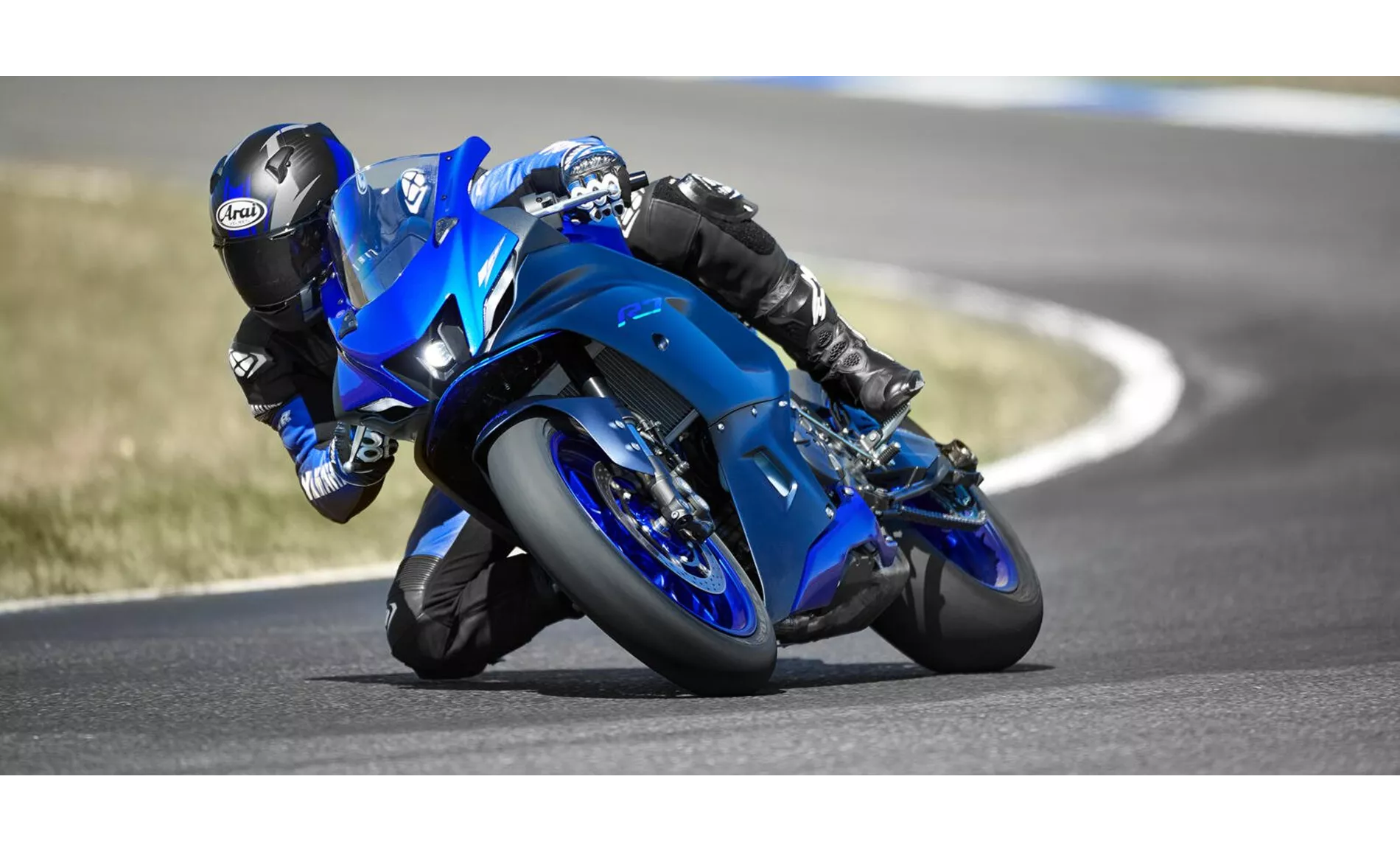
Yamaha R7 2021
In terms of strengths, the Yamaha YZF-R3 2015 is praised for its transparent and precise front end, strong brakes, lively engine, sensational top speed, and relaxed geometry. On the other hand, the Yamaha R7 2021 is commended for its high-torque CP2 engine, sporty riding position, suspension set-up, standard tires, and being a good entry-level trackday bike.
As for weaknesses, the Yamaha YZF-R3 2015 is criticized for having some unattractive parts and a high price. The Yamaha R7 2021, on the other hand, is mentioned to lack a quickshifter as standard, which would have been a nice addition.
In summary, while both the Yamaha YZF-R3 2015 and the Yamaha R7 2021 are impressive supersport motorcycles, the R7 offers a more powerful engine, improved braking system, and enhanced stability through its larger wheelbase and wider tires. However, the YZF-R3 still holds its own with its lively engine, strong brakes, and comfortable riding position. Ultimately, the choice between the two models will depend on the rider's preferences and intended use.
Caractéristiques techniques Yamaha R3 2015 par rapport à Yamaha R7 2021
Avantages et inconvénients en comparaison
Avantages et inconvénients en comparaison
Yamaha R3 2015
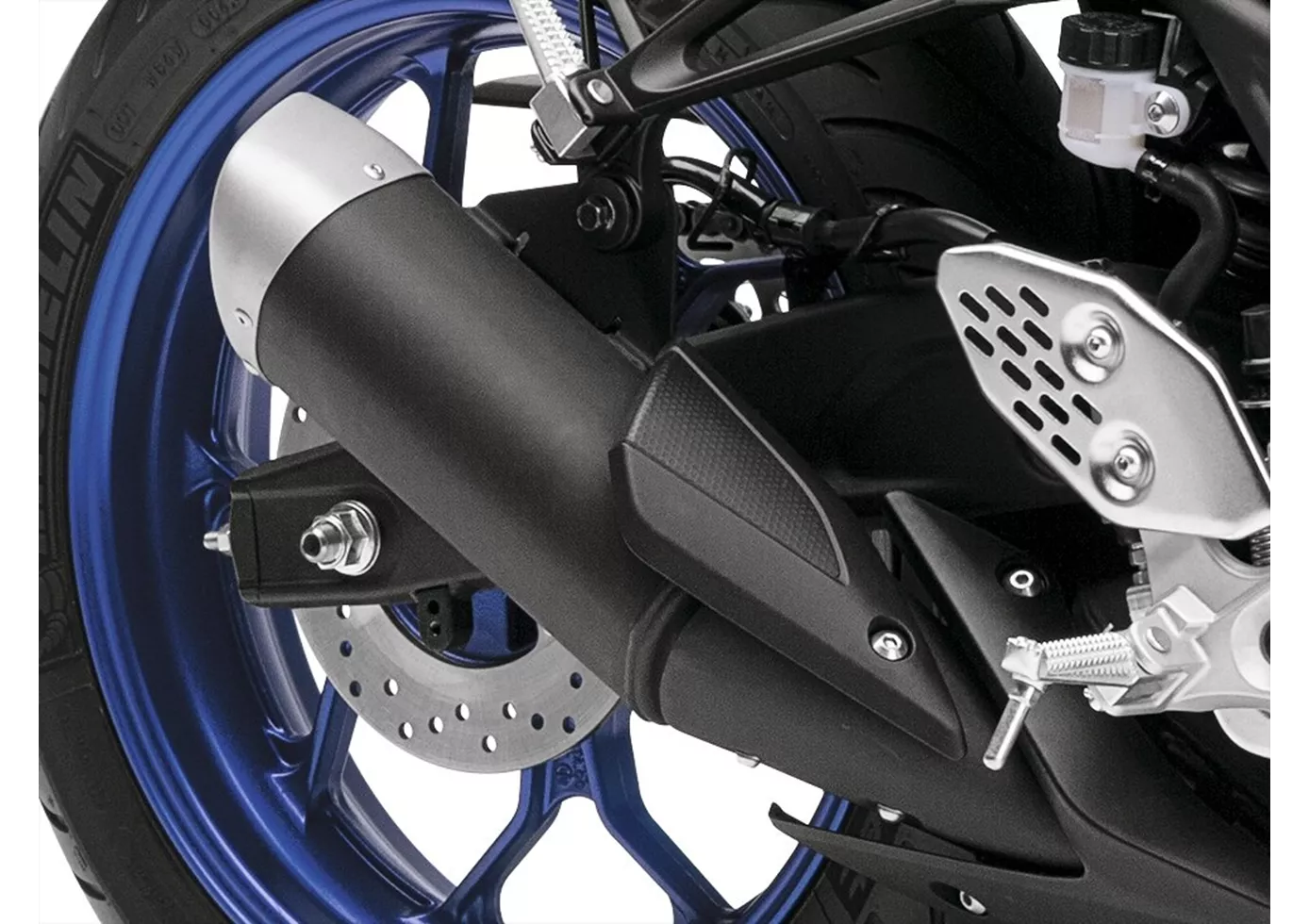
Yamaha voit sa R3 plutôt comme la Kawasaki Ninja 300, elle aussi polyvalente, mais le prix est même supérieur à celui de la KTM390. L'YZF-R3 devient donc un produit haut de gamme, ce qui est une décision courageuse dans cette catégorie. Mais le package global offre une valeur équivalente : un moteur sportif, un châssis stable, des freins puissants, une vitesse de pointe sensationnelle. La comparaison directe montrera qui a vraiment une longueur d'avance. La R3 est en tout cas une candidate de choix pour la place de numéro 1.
Yamaha R7 2021
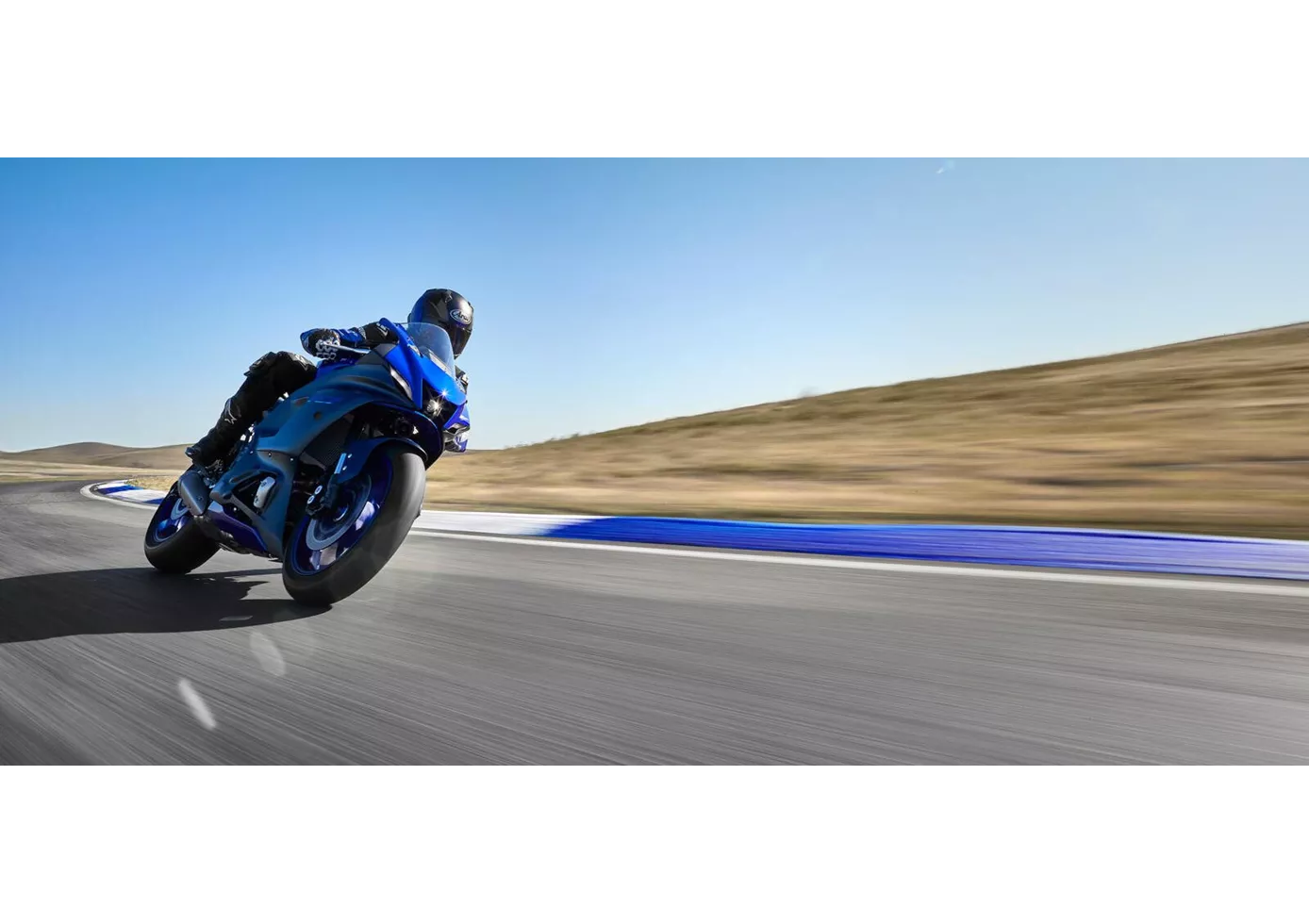
Malgré la combinaison plutôt particulière d'un moteur raisonnable de 73,4 CV de classe moyenne et d'un look sportif extrêmement agressif, la R7 n'est en aucun cas un mouton déguisé en loup. Les performances de conduite, qui se situent quelque part entre la R3 et la R6, se sont révélées en pratique bien plus puissantes que ne le laissaient supposer les valeurs pures sur le papier, et en termes de géométrie, de châssis, de freins et de pneus, les ingénieurs de Yamaha ont vraiment fait leurs devoirs. De plus, la Yamaha R7 possède toutes les qualités pour s'amuser sans trop d'investissement sur une piste de course compacte comme le Pannoniaring. Mais elle se sent bien sûr plus à l'aise sur la route, et c'est là qu'elle doit être à notre avis. Le prix d'achat est plus que correct compte tenu de l'ensemble du package - ce qui permet de pardonner le fait que le Quickshifter n'est pas embarqué d'origine et doit être acheté en option.
Comparaison des prix Prix moyen du marché Yamaha R3 vs Yamaha R7
There are a few key differences between a Yamaha YZF-R3 2015 and a Yamaha R7 2021. It takes less time to sell a Yamaha YZF-R3 with 110 days compared to 161 days for a Yamaha R7. Since model year 2015 1000PS.de editors have written 11 reviews for the Yamaha YZF-R3 and 9 reviews for the Yamaha R7 since model year 2021. The first review for the Yamaha YZF-R3 was published on 10/17/2014 and now has more than 53,600 views. This compares to more than 92,800 views for the first review on Yamaha R7 published on 5/18/2021.
